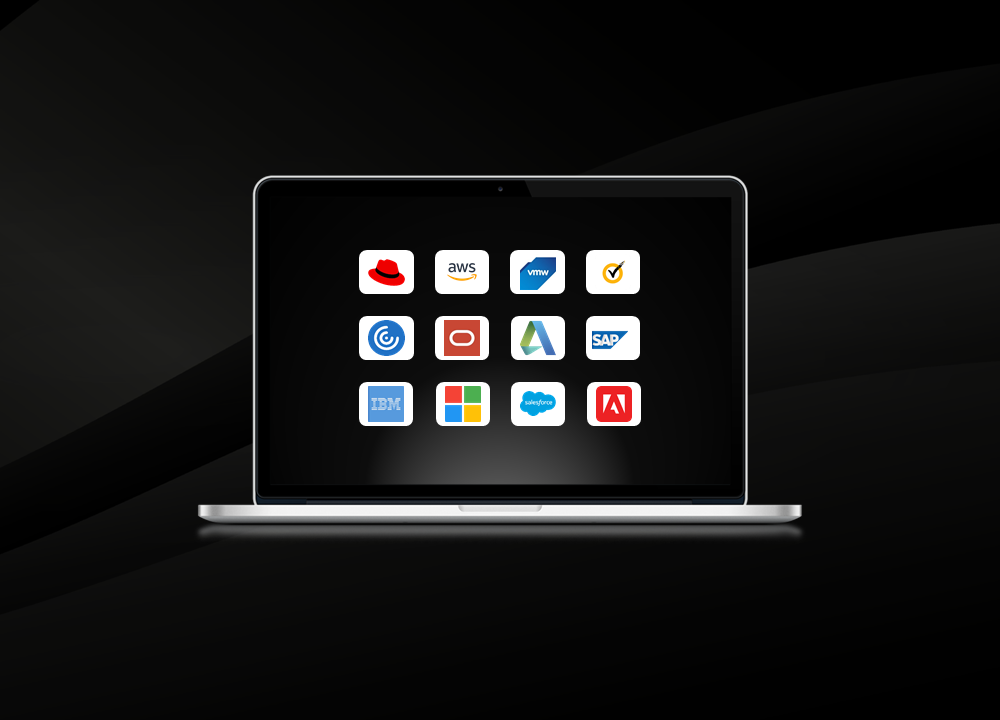
Software Licensing Optimization: Cloud vs. On-Premise
As the digital landscape continues to evolve, one topic that remains top-of-mind for IT leaders is software licensing optimization. With the shift towards cloud-based services, it’s essential to understand the benefits and drawbacks of both cloud and on-premise solutions. So, are all companies migrating to the cloud or are some considering a return to on-premise infrastructure?

We optimize your software spend



The Cloud Movement
Cloud computing has gained significant traction over the years due to its flexibility, scalability, and cost-efficiency. Organizations leveraging cloud-based services enjoy reduced hardware and maintenance costs, simplified IT management, and the ability to quickly adapt to changing business needs.
However, cloud-based software licensing can be complex, with various licensing models and terms to navigate. To optimize cloud software licensing, organizations must carefully assess their needs and usage patterns, ensuring they are only paying for the services they require.
The On-Premise Contingent
While many companies are embracing the cloud, there is a growing trend of organizations reconsidering on-premise solutions. Factors such as data security, regulatory compliance, and control over infrastructure have led some businesses to reevaluate their cloud-first strategies.
For these companies, on-premise software licensing optimization remains crucial. Organizations must stay on top of licensing agreements and avoid over- or under-purchasing licenses, while also ensuring compliance with vendor terms.
Cloud vs On-Premise
Cloud ☁️ |
On-Premise 🏢 |
|
|---|---|---|
Benefits |
||
| Flexibility | Easily scale up or down | Fixed infrastructure limits |
| Cost | Pay-as-you-go, reduced upfront costs | Higher upfront costs, ongoing maintenance costs |
| Management | Simplified IT management | More hands-on management |
| Deployment | Faster deployment times | Longer deployment times |
| Updates | Automatic, centralized updates | Manual updates, potential downtime |
Disadvantages |
||
| Security | Potential data breaches, reliance on provider | Greater control over security measures |
| Compliance | May not meet specific regulatory requirements | Easier compliance with industry regulations |
| Control | Limited control over infrastructure, vendor lock-in | Complete control over infrastructure |
| Customization | Possible constraints on customization options | Greater flexibility in customization options |
| Cost (Long-term) | Can become expensive over time if not optimized | Predictable long-term costs |
The Future of Software Licensing
As businesses continue to weigh the pros and cons of cloud and on-premise solutions, it’s clear that the future of software licensing will be a hybrid model. Organizations will need to tailor their approach based on their unique requirements, industry regulations, and budget constraints.
To stay ahead in this ever-evolving landscape, IT leaders must keep a pulse on the latest licensing models, trends, and optimization strategies. Embracing a holistic approach to software licensing optimization, whether in the cloud or on-premise, will be key to maximizing the value and efficiency of IT investments.
Trusted by government and businesses





Schedule a free consultation with our advisors
Are you tired of struggling with software license optimization and the constant changes in the technology landscape? Are you looking for ways to maximize your software spend and get the most value from your licenses and subscriptions?


